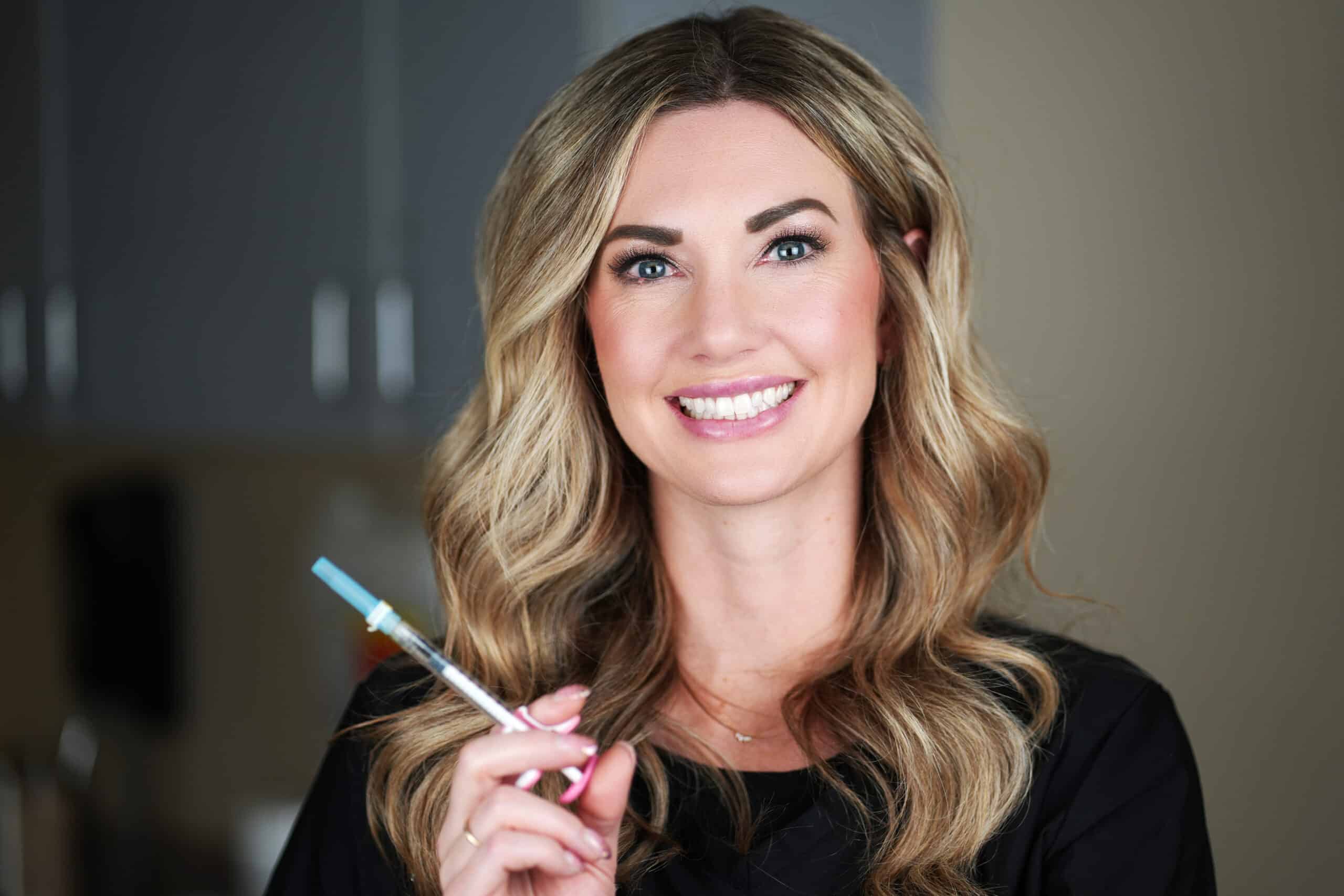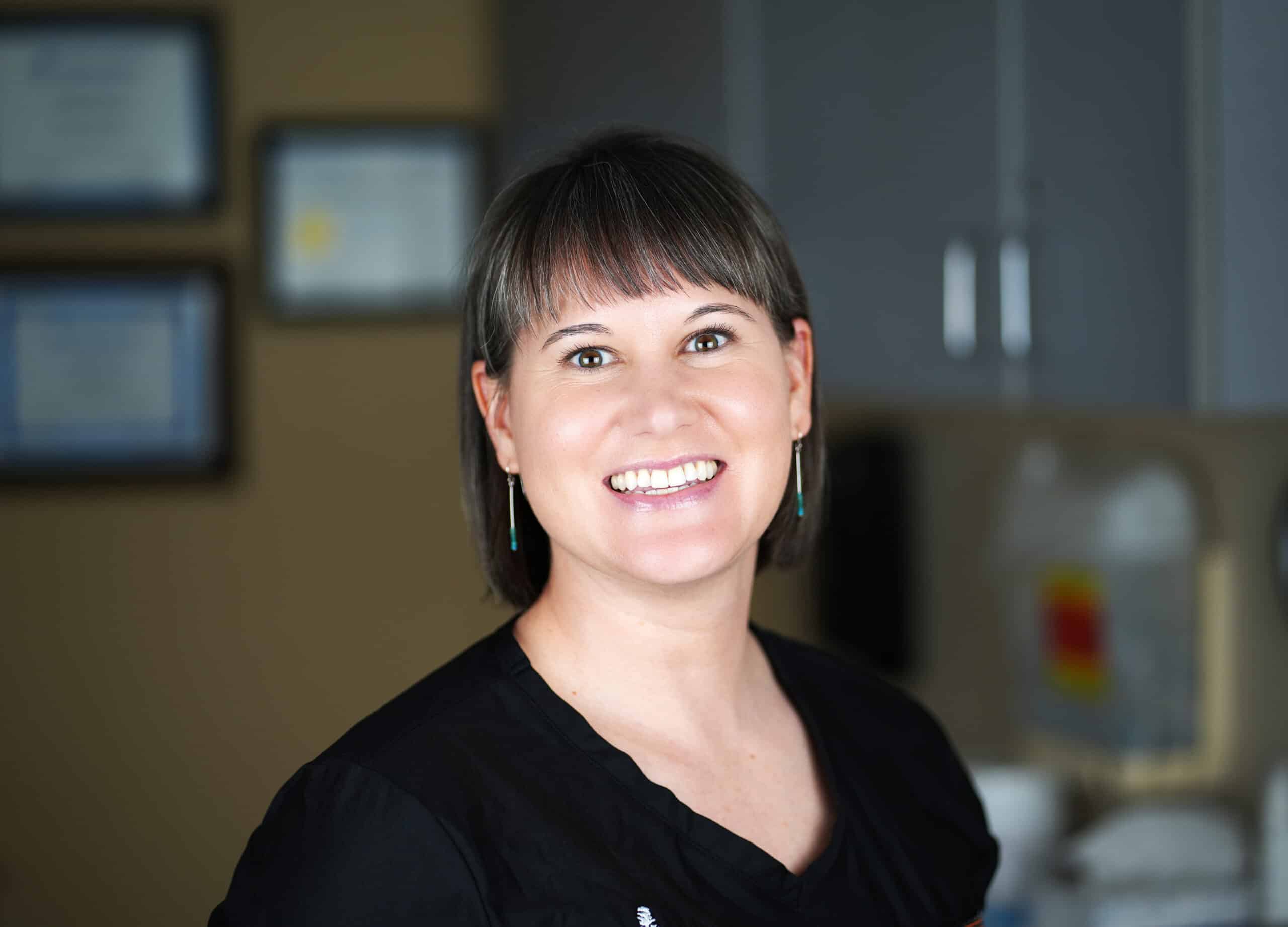
For many transgender and nonbinary individuals, gender-affirming top surgery is a deeply personal and life-affirming step in aligning physical appearance with gender identity. Whether you’re just beginning your research or preparing for an upcoming procedure, understanding what to expect can help you feel more confident and empowered.
This guide walks through the basics of top surgery, what the procedure involves, how recovery works, and how to prepare mentally and physically for this important milestone.
What Is Gender-Affirming Top Surgery?
Top surgery is a gender-affirming procedure that alters the chest to create a more traditionally masculine, feminine, or nonbinary appearance, depending on the patient’s goals. Most commonly, top surgery refers to:
- Chest masculinization surgery (often called “FTM top surgery” or “transmasculine top surgery”) removes breast tissue and reshapes the chest for a flatter, more masculine contour.
- Chest feminization surgery (sometimes called “MTF top surgery” or “transfeminine breast augmentation”) uses implants or fat grafting to enhance breast size and shape.
This article focuses primarily on chest masculinization, as it is the more common form of gender-affirming top surgery performed at Plastic Surgeons of Northern Arizona.
Who Is a Good Candidate for Top Surgery?
Top surgery is typically recommended for adults with a diagnosis of gender dysphoria who have decided to pursue surgical transition. Candidates should be in good health, have realistic expectations, and be prepared for recovery.
Many surgeons follow guidelines from the World Professional Association for Transgender Health (WPATH), which may include:
- A consistent gender identity for at least 6 months to 1 year
- A letter of support or readiness from a mental health provider
- The ability to give informed consent
- Stable physical and mental health
Some patients choose to pursue hormone therapy before surgery, but it is not always required. If you’re unsure whether you’re ready, a consultation with a board-certified plastic surgeon experienced in gender-affirming care can help clarify your options.
Types of Masculinizing Top Surgery
There are several surgical techniques for masculinizing top surgery. The best method for you depends on your chest size, skin elasticity, body type, and personal goals.
Double incision mastectomy with nipple grafts
This is the most common approach for patients with medium to large chests. The surgeon removes breast tissue and excess skin through horizontal incisions, then repositions or reconstructs the nipples and areolas to achieve a masculine appearance.
Periareolar (keyhole) top surgery
Best suited for patients with smaller chests and good skin elasticity, this technique involves a half circle incision around the areola to remove breast tissue. Because less skin is removed, nipple repositioning is not always necessary. Scarring is typically minimal.
Inverted-T or anchor incision
Sometimes used when a significant amount of skin needs to be removed. It involves a vertical scar in addition to the horizontal incision, similar to techniques used in breast reduction surgery.
Each method has advantages and trade-offs regarding scarring, sensation, and healing. Your surgeon will recommend the best approach during your consultation.
Preparing for Surgery
In the weeks leading up to your procedure, your care team will give you specific instructions to help ensure a safe and smooth experience. This may include:
- Stopping smoking or nicotine use at least a month in advance
- Discontinuing certain medications and supplements
- Arranging time off from work or school (usually 2–4 weeks)
- Setting up help at home for daily activities and post-op care
- Filling prescriptions for pain management and antibiotics in advance
Many patients also prepare emotionally by building a support network, talking with others who’ve had top surgery, or planning for ways to care for themselves during recovery.
What Happens During the Procedure
Top surgery is performed under general anesthesia and typically takes 1.5 to 3 hours, depending on the surgical technique. After surgery, you’ll most likely spend a few hours in recovery before being discharged to go home the same day.
You’ll leave the facility with compression garments or chest binders to reduce swelling and help shape the chest. Small drainage tubes may be placed to prevent fluid buildup and will be removed at a follow-up appointment.
Recovery: What to Expect
Healing from top surgery is a process that takes time, but most patients find it highly manageable with the right preparation. Here’s a general recovery timeline:
First few days
Expect swelling, bruising, and soreness. You’ll be asked to limit arm movement, sleep on your back, and wear compression garments 24/7. You may need assistance with dressing, hygiene, and mobility.
1 to 2 weeks
Drain removal usually happens within this window. Many patients return to light activities, but you should still avoid lifting your arms above shoulder height or engaging in strenuous tasks.
3 to 6 weeks
Swelling continues to improve. You may begin easing back into daily routines, though exercise and heavy lifting are still restricted. Incisions may start to itch or feel tight as they heal.
6 to 12 weeks
You’ll gradually be cleared to return to full activity, including working out. Scars begin to mature, and you’ll start to see your final chest shape more clearly.
Throughout recovery, it’s important to attend follow-up appointments, follow your surgeon’s instructions, and reach out with any concerns. Everyone heals differently, and your body will tell you what it needs.
Scarring, Sensation, and Long-Term Results
Scars are an inevitable part of top surgery, but most fade significantly over time and can be placed in discreet locations. Scar care treatments like silicone sheets, massage, and sunscreen can help improve appearance.
Changes in nipple sensation are common. Some patients lose sensation entirely, while others gradually regain some feeling. Surgical technique, nerve preservation, and individual healing all play a role.
Most importantly, the results of top surgery are long-lasting and often life-changing. Patients report improvements in gender dysphoria, confidence, body image, and quality of life. For many, this surgery marks a turning point in feeling fully at home in their bodies.
Emotional Healing and Support
Top surgery is a medical procedure, but it also carries deep emotional significance. It’s completely normal to experience a mix of emotions—joy, relief, anxiety, vulnerability—especially in the early weeks of healing.
Here are some ways to support your emotional well-being:
- Build a recovery space that feels safe and comforting
- Have a friend or loved one stay with you in the first few days
- Connect with others who’ve had surgery, either online or in person
- Consider talking with a therapist who understands gender-affirming care
- Give yourself grace—healing is physical and emotional
Taking time to acknowledge this transition can be a powerful part of the overall experience.
Finding the Right Surgeon
Choosing a plastic surgeon who has experience in gender-affirming care is essential. Look for someone who:
- Is board certified or board eligible, which means they’ve successfully completed a residency in plastic surgery
- Has performed a high volume of top surgeries
- Listens to and respects your goals and identity
- Offers before-and-after photos of similar patients
- Makes you feel supported and informed
At Plastic Surgeons of Northern Arizona, we are proud to provide compassionate, affirming, and individualized care for every patient. Our board-certified surgeons will guide you through each step of the process—from consultation to recovery—with dignity and respect.
Ready to Take the Next Step?
Gender-affirming top surgery can be a deeply empowering part of your transition. If you’re ready to explore your options, we’re here to help you make informed decisions, plan for surgery, and move forward with confidence.
Schedule a private consultation with our team to learn more about top surgery, ask questions, and begin the next chapter of your journey.
Author Profile: Brian Cripe, M.D., is an award-winning, board-eligible plastic and reconstructive surgeon and Plastic Surgeons of Northern Arizona partner. Dr. Cripe specializes in cosmetic surgery, limb salvage, peripheral nerve microsurgery, hand surgery, and oncologic reconstructive procedures. He has performed over 6,000 surgical cases during his 10-year tenure as a surgeon.




